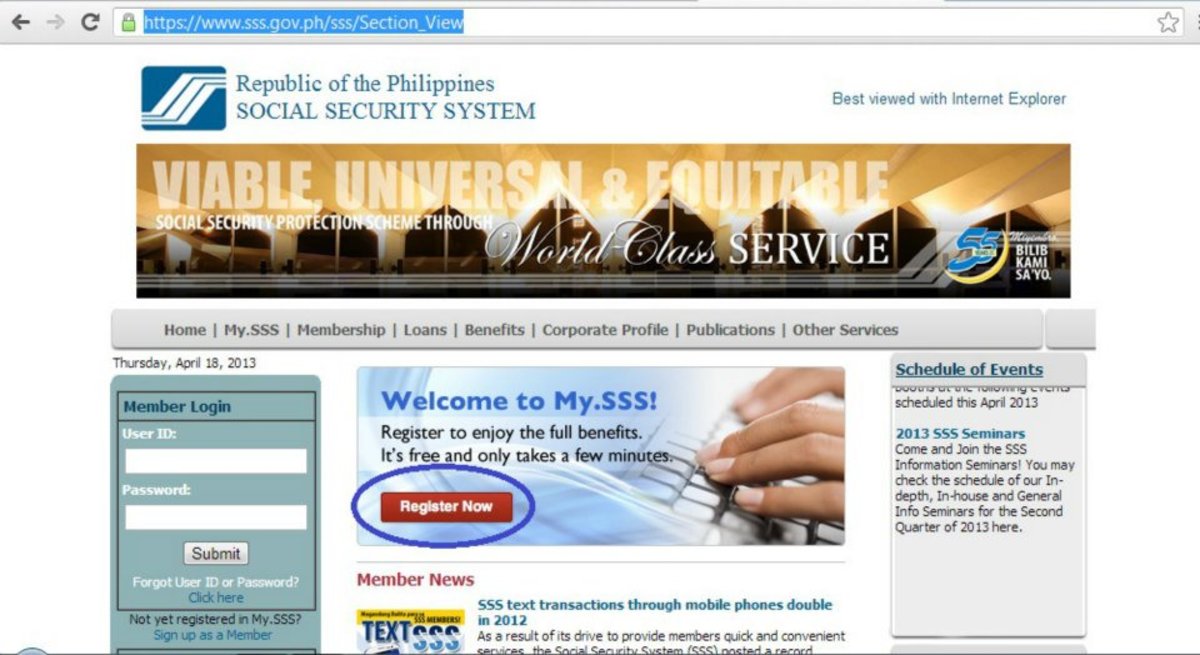Guide to peer to peer lending - how to decide if it is right for you
Peer to peer lending (sometimes called people to people lending) is where instead of borrowing from a bank or credit card company, you borrow from another individual. From the point of view of the individual lending the money, they get a higher rate of return than they would have if they simply deposited the money in a bank account.
In the past peer to peer lending took place amongst family members of friends. However, online networks have sprung up to introduce borrowers to lenders and vice versa. Since the credit crunch and clampdown on lending by the traditional banking sector, more and more people have resorted to peer to peer lending (or p2p lending as it is sometimes known).
This page is a guide to the peer to peer lending sites available together with information on how to guard your interests if you are a borrower or a lender.
Benefits of peer to peer lending - the borrowers point of view
1. The rates offered on peer to peer loans can be quite competitive as the lenders don't have any overheads such as premises.
2. If you are struggling to borrow from a bank because the banks have clamped down on lending criteria, then a peer-to-peer network might be for you. Do note however that most peer-to-peer lenders want to deal only with the best customers with the best credit scores.
3. If you are a small business and your bank is playing games with you, peer-to-peer lending can be a salvation. Many perfectly solvent companies with good payment records are finding that banks are arbilarity raising interest rates and fees for them. Seeking a loan from a peer-to-peer network can be the lifeline that can help you while you ride out the recession
4. Borrowers should note that they arn't borrowing from some huge corporate bank with no soul, but from individuals who are lending out their life savings. Therefore be scrupulous about paying the money back. The new-fangled person to person lending is not that different from the old-fashioned form a century ago when people borrowed on a handshake - it depends crucially on trust. The whole community suffers if individuals arn't honest and don't honour their obligations.
Peer-to-peer lending - the lenders point of view
1. Returns on savings in banks are non-existent - many banks are offering 0% or just abogve it just to keep your savings. You can earn much more if you lend the money through a peer-to-peer network.
2. You should treat this like a full-blown investment. Be careful about whom you lend to. Read up on risk management. Think about how the fees charged will impact your returns. Only lend money you can afford to lose, not money you need for every day living. Remember that there is a risk that the money you lend will not be repaid.
Zopa
Zopa was founded in the UK and has now spread to the USA, Italy and Japan (select the country you are in by clicking on the flags on the top of their website).
How it works: when you sign up as a borrower, a credit check is done on you and Zopa assign you a category - A*, A, B, C or Young market. Some people are simply declined and can't proceed further. Once a borrower has been accepted into the site, they then browse the offers by the lenders to see if there is something that suits them. Lenders who sign up post offers onto the site saying how much they are willing to lend, at what rate and to what category of customer (i.e. A* or A etc). It is entirely up to the lender as an investor to decide what interest rate to charge and what credit criteria to demand. Borrowers can also post listings saying how much they want to borrow and giving a little of their background.
Once a borrower chooses a lender or vice versa, a legal contract is entered into by both parties. To protect the lender, their loan is spread over several borrowers. For example, a lender making a loan of £1000 would have it spread in chunks of £50 over 20 contracts - the idea is to diversify so that if there is a default you only lose a little. Zopa collect and distribute all money and chase up missed payments. In return they charge a fee - they charge borrowers a one off fee of £118.50 which is added to the loan. They charge lenders a 1% annual service fee. Borrowers should note that Zopa report to the credit reference agencies, so if you default it will go onto your record.
Zopa also have a lively forum for both borrowers and lenders and before you begin the process it's as well to browse all threads as you will get a good idea of what is involved, the benefits as well as pitfalls, together with advice on how to assess risk.
The Lending Club
The Lending Club was originally formed just for use among Facebook members but then opened up to everyone else. They do loans only in the USA and borrowers and lenders need to supply their Social Security number when they join and be over 18. They are regulated by the Securities and Exchange Commission.
Lenders deposit money with The Lending Club and use their proprietary Lending Match tool to create a portfolio based on interest rate and risk - this assigns a certain interest rate to a certain credit score and is standardised. Therefore if you want a certain return, you must accept a certain credit score from the borrower and vice versa. Once they have done that, Lending Club takes care of lending the money out. They try to spread your money across a lot of loans to reduce risk. Lenders are charged a 1% service fee.
Borrowers can borrow between $1000 and $25000 as an unsecured loan. Lending Club will check their credit report - see their website for criteria - you need at least 1 year of credit history, with no delinquencies, bankruptcies, open tax liens, charge-offs or collections account in the past 12 months, less than 10 inquiries on your credit report in the last 6 months, and at least 3 accounts in your credit report, of which 2 are currently open. They demand a FICO score of 660 and a debt-to-income ratio of less than 25%. Borrower fees range from 0.75% to 3.50% in addition to the interest rate charged.
Once approved, they handle collections of payments from you and report monthly to credit agencies, so that if you are in arrears or default, this hurts your record.
In The Lending Club there is a less personal relationship between borrower and lender than Zopa, it's a more impersonal business.








